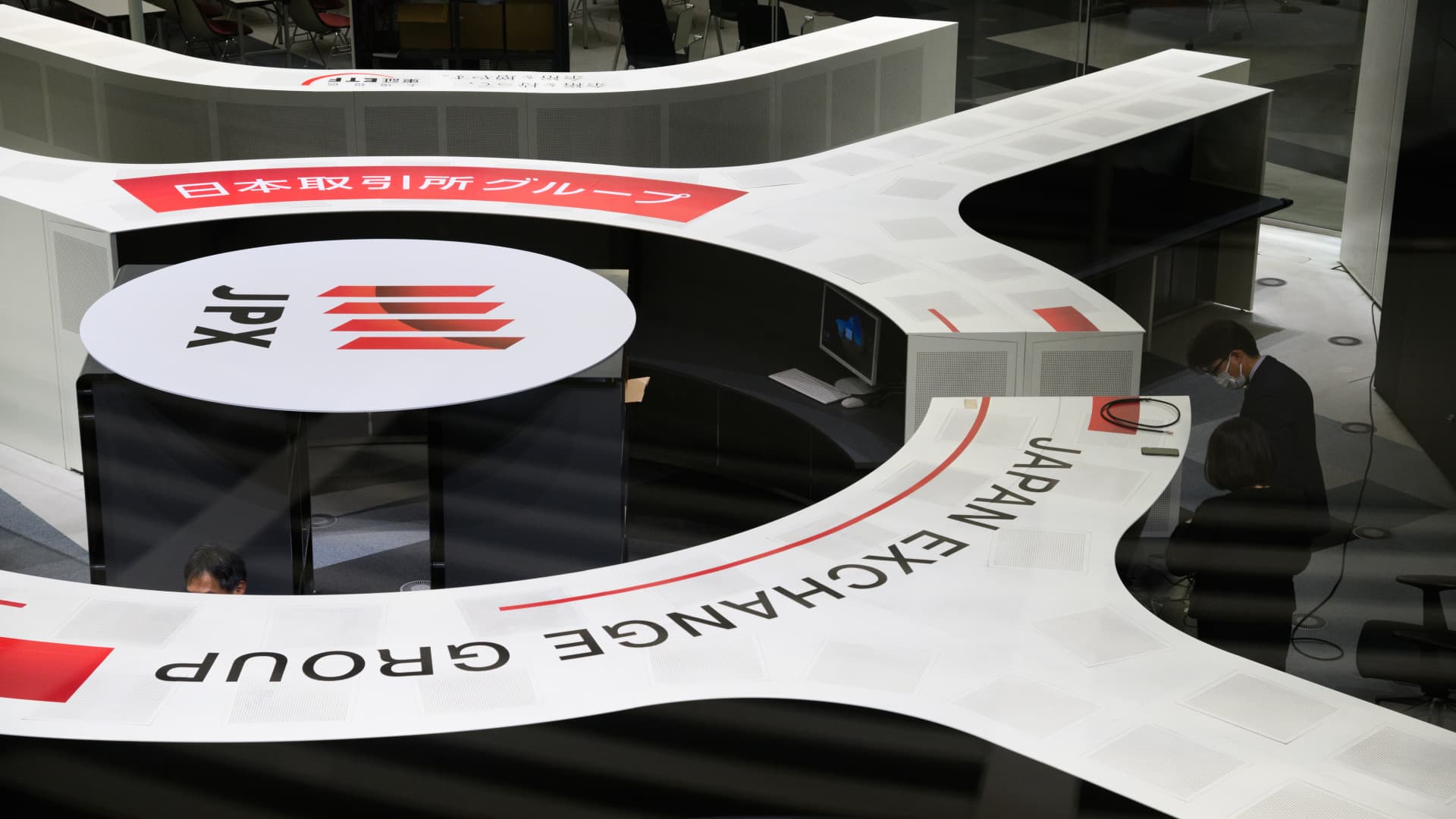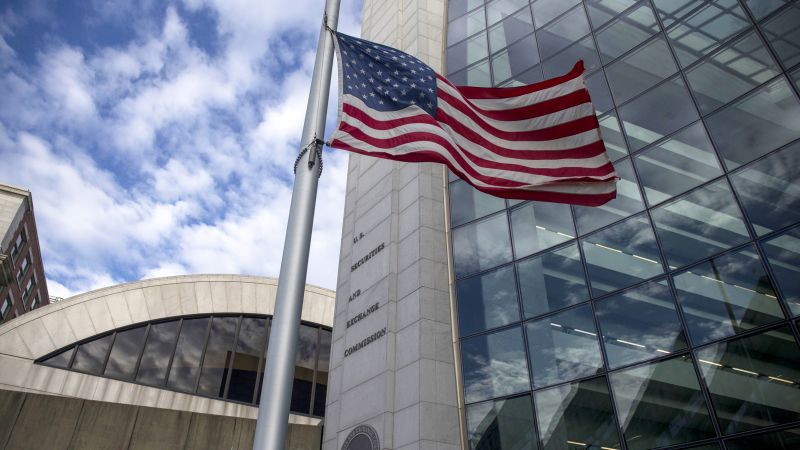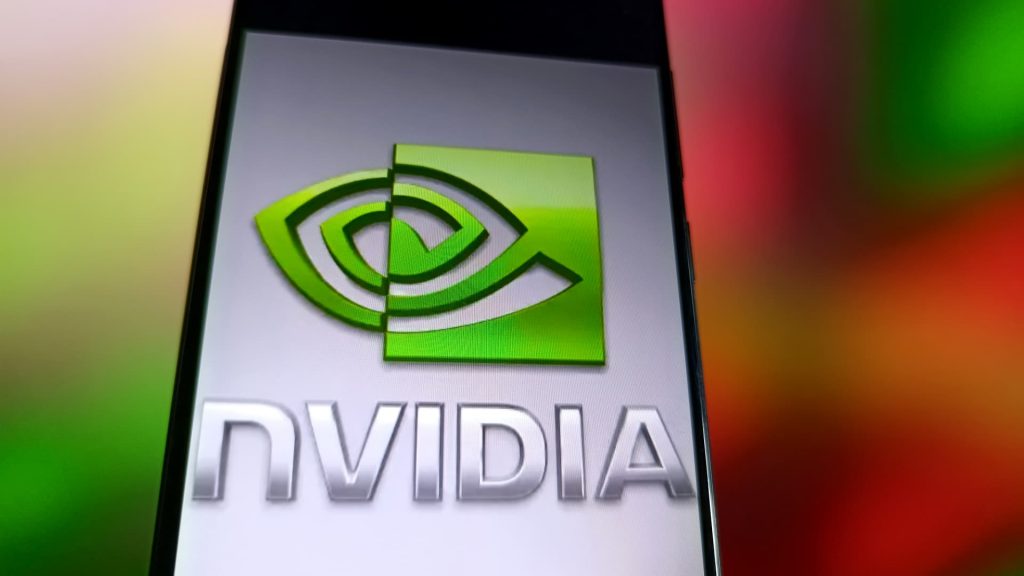Asia-Pacific markets plunged on Wednesday, led by Japan’s Nikkei 225 after U.S. tech stocks sold off and weak U.S. economic data sparked recession fears.
Japan’s Nikkei 225 was down 3.19%, leading losses in Asia, while the broad based Topix was down 2.79%.
Semiconductor related stocks such as Renesas Electronics plunged 8%, making it the largest loser on the index. Tokyo Electron lost 7.04%, while Advantest tumbled over 7.7%.
Softbank Group, which owns chip designer Arm, fell over 5.9%. Arm designs chips for Nvidia.
South Korea’s Kospi lost 2.17%, as well as the small cap Kosdaq, which saw a nearly 3% loss.
Chip giants Samsung Electronics and SK Hynix — both Nvidia suppliers — lost 2.62% and 6.36% respectively.
The Taiwan Weighted Index dropped 3.49%, with heavyweights Taiwan Semiconductor Manufacturing Company down 3.56% and Hon Hai Precision Industry — known internationally as Foxconn — falling over 3.51%. The index lost as much as 5.29% in early trade, before recovering to current levels.
Australia’s S&P/ASX 200 lost almost 1.70%, mainly dragged by a weakness in oil prices. The country’s second quarter GDP grew by 1% year-on-year, on par with expectations, and 0.2% quarter-on-quarter, slightly lower that the expected 0.3% expected among economists polled by Reuters.
Hong Kong’s Hang Seng index saw the smallest loss in the region, slipping 1.5%, while the mainland Chinese CSI 300 was down 0.47%.
Chinese chip stocks also suffered some weakness despite these being unrelated to Nvidia’s supply chain, with state-linked Semiconductor Manufacturing International Corporation down 1.95% and Hua Hong Semiconductor falling 1.06%.
Seperately, the Caixin services purchasing managers index for August showed that China’s service sector expanded at a slower rate compared to July, with the PMI falling to 51.6 from 52.1.
In the U.S., chipmaker Nvidia lost over 9% in regular trading, dragging other counterparts along with it, such as Intel, AMD and Marvell.
The VanEck Semiconductor ETF (SMH), an index that tracks semiconductor stocks, was down 7.5%, its worst day since March 2020.
Separately, the ISM manufacturing index for August came in at 47.2% for the month, up 0.4 percentage points from July, but below the 47.9% expected from Dow Jones. The gauge measures the percentage of companies reporting expansion, so anything below 50% represents contraction.
All three major indexes recorded their worst days since the Aug. 5 global sell-off. The Dow Jones Industrial Average fell 1.51% and the S&P 500 down 2.12%. The Nasdaq Composite saw the largest loss, tumbling 3.26%.
—CNBC’s Fred Imbert and Alex Harring contributed to this report.
Read the full article here







